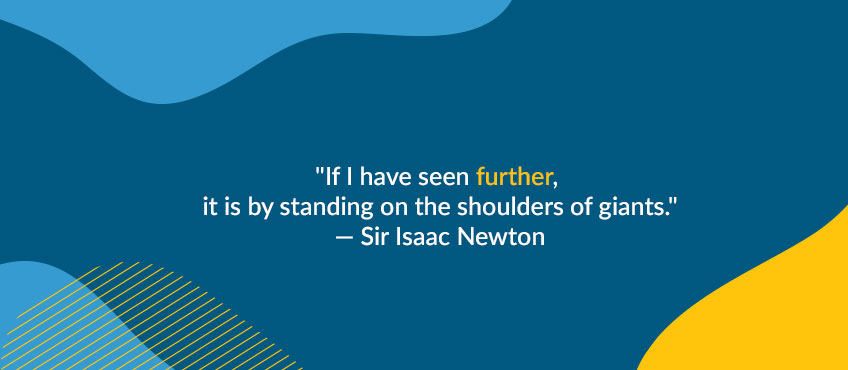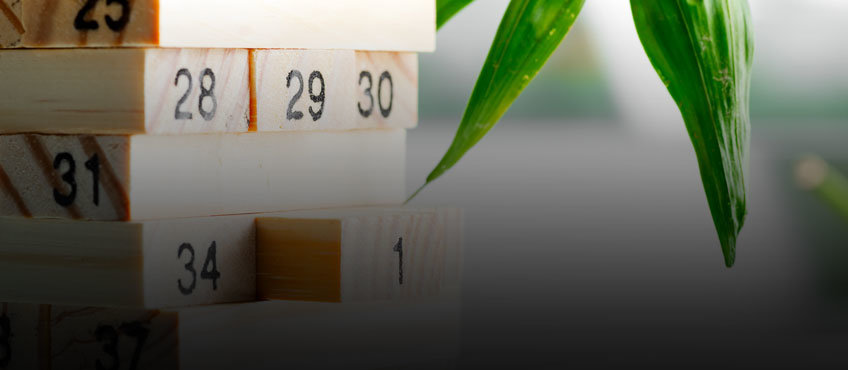Written by Jacques Aleksandar Cimeša
Confused about Academic Email Etiquette?
Emailing a scholar in your field can be a daunting task. Whether you're a postgraduate student looking for a supervisor for your dissertation or an industry professional looking for a collaborative work opportunity, knowing proper academic email etiquette can help you make a great first impression. In this guide, we'll provide some tips on email etiquette, planning, and getting the response you're looking for.
#1 Do Your Research
Before you begin, take the time to identify your goals and compile a list of scholars whose interests and fields of expertise match them. Be sure to review some of their past projects and publications and take notes on items that you found interesting, as these details can be used when constructing your email to showcase your commitment to your work. Lastly, determine what their present foci are. Scholars' projects are influenced by both personal and external influences. Depending on your goals, it may be necessary to confirm whether they are still working in your field of interest.
#2 Introduce Yourself (and Your Purpose)
After crafting a succinct subject line and a salutation, it's time to introduce yourself and the purpose of your email.
Proper email etiquette recommends that you provide a few lines about yourself, and the information included will depend on the purpose of your email. For simple requests, such as for a copy of a scholar's published work, it would be sufficient to include your name, profession, and affiliation, as well as the reason for your request. In some cases, it could be beneficial to compliment the recipient on their area of expertise to show them why you're interested in speaking with them as opposed to someone else. For example,
Hello, my name is Inigo Montoya and I am a Ph.D. in Medieval Studies candidate at Yale University. I am writing a dissertation on the role of dream (mis)interpretation in the Byzantium Empire, and I was wondering if you had a copy of your Harvard dissertation, The so-called Oneirocriticon of Achmet: A Byzantine book on dream interpretation and its Arabic sources.
For more complicated matters, such as applying for residency or job positions, more information is needed. The goal is to convince the scholar that you're an ideal candidate for the role. This could be done by including your past work experience, publications, and aspirations. For example,
Hello, my name is Inigo Montoya and I am a wizard of the sword. I saw that you had an opening for participants in your study about sword fighting with medieval and Renaissance blades. I would like to enroll in your study to help clarify the differences between these blades and how their craftsmanship impacted the fighting styles of those eras.
#3 Create a Closing Line
After introducing yourself and your purpose, it's time to conclude your email. This is the last item that a scholar will read, and it can motivate their decision to respond to you quickly—or at all. The last line of your email should not only express gratitude to the recipient for reading it, but also include a call to action. This communicates your expectations and helps you establish further communication.
In the context of professional email etiquette, expressing gratitude can be as simple as saying "Thank you for your time and consideration" or "I sincerely appreciate your guidance." It's an opportunity to thank the scholar for assisting you with a task or considering you for a position. A little politeness goes a long way!

Your call to action will depend on the nature of your goal. For simpler requests, establishing a rapport may not be necessary; however, it could prove useful in the future if you wish to pursue the scholar's area of interest further, or if you have a genuine interest in their work. For more complex requests, this relationship would give you the opportunity to show your dedication to the subject and your excitement toward discussing it further. In short, determine how much you want to invest in this (potential) relationship, and craft your call to action accordingly.
In line with proper email etiquette, each scenario and relationship dictates what is appropriate. Given the context of meeting someone for the first time, it would be best to invite them to email you back or to call to discuss your request further. You could also invite them to meet in a professional setting, such as a conference, if you know they'll be attending. Do not, however, invite them to your home or offer to visit them at theirs. Below are some examples of appropriate and inappropriate closing lines.
Appropriate call to action:
I would love to discuss this position more with you. Please feel free to email or call me at your earliest convenience.
Inappropriate call to action:
I would love to discuss the art of fencing with you further. In fact, I keep some very interesting sabers at my own home, which I believe you would be fascinated to see. Would you be available to meet me there at 7:00 p.m. this Friday? It's secluded and can be a bit difficult to find, so I have included some directions below.
#4 Sign off with an Academic Email Signature
After your closing line, it's time to conclude your email. Be sure to include a valediction, your full name, your current role, and your contact information.
Valedictions
There are many valedictions (or "sign offs") to choose from when composing an email, and all of them serve different functions. For example, "cordially" is perceived as more personal—you have some knowledge of the person you're writing to—while "sincerely" is viewed as a simple way to close a professional email. In this context, we're emailing an industry professional whom we do not know; therefore, it follows that we would like to use a sign off that is professional without being personal.
Examples: Sincerely, Regards, Yours sincerely, Kind regards
You'll want to avoid informal sign offs in business and professional settings, such as "Cheers," "Take care," and "Love." In general, if it's something you'd use in a note to a close friend, it's not appropriate for a professional academic email.
Your Name and Professional Title
When signing off, use your full name, especially if you have a common name like "Sarah" or "Dave." This will prevent confusion and help them remember you. Including your full name in your email signature can also increase your chances of receiving a response and decrease your chances of having your email lost in a spam filter.
While it's not always necessary, we recommend adding your professional title or current role to your email signature; it helps illustrate what you do. If a scholar can see that you're affiliated with a reputable workplace or educational institution, they may be more inclined to take you seriously and/or honor your request.
Provide Additional Contact Information
Lastly, ensure that you add your contact information. While the scholar will be receiving your email address via the email, it's helpful to add other methods of communication, such as a direct telephone number. It's also nice to give the recipient options for communication, as some individuals have preferences.
Kind regards,
Inigo Montoya
Ph.D. candidate
Department of Medieval Studies
Yale University
Email: inigo.montoya@yale.com
Phone: (123) 555-1234
Conclusion
While emailing a scholar can be stressful, it doesn't have to be. With a little research and planning, you can craft a perfect professional message for your intended audience and achieve your goals. Proper academic email etiquette plays a large role in professional correspondence; so, if you're ever unsure of whether your phrasing is suitable, feel free to request a Personal Edit from one of our professional editors.
Image source: vadymvdrobot/elements.envato.com
Make a Good First Impression with Professional Editing
Hire an Expert Academic Editor, or Get a Free Sample
About the Author

Jacques Aleksandar is an in-house editor at Scribendi’s Chatham office. A mechanical engineer turned editor and translator, he has mastered the art of taking things apart—by force, if necessary—and duct-taping them back together again. His work can be found in newspapers across Canada, international education systems, and major bookstores, as well as on corporate blogs and both governmental and non-governmental websites. These days he’s focusing on writing poetry in French, mastering his ninth language, and editing technical papers for high-impact journals while taking freelance projects on the side.



